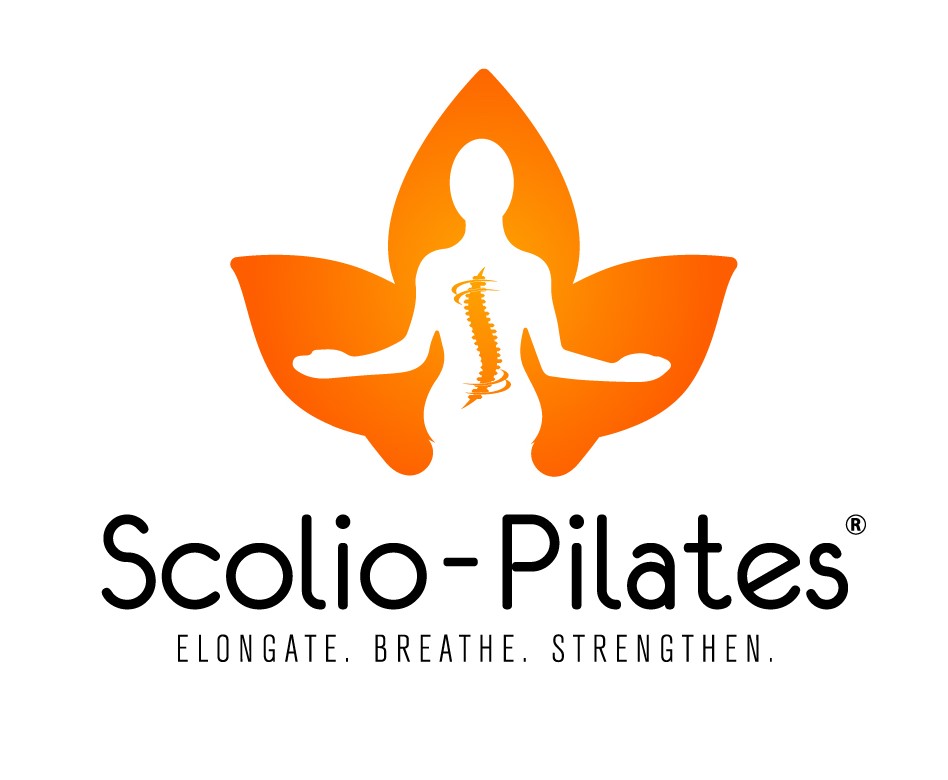When considering scoliosis and bracing, there are four main types of braces: Providence, Boston, 3-dimensional, and soft braces. In this post, we will compare the different braces and look at the guidelines for which degree of curve needs which brace.
The Providence and Boston braces have been around the longest out of the 4. Both braces are generally covered by insurance.
Boston brace:
- Most prescribed brace
- Worn full-time: 16-23 hours per day
- Padding added at contact points with convexity, cut-outs at contact points of concavity
- Curve degree: >35 degrees (SOSORT)
Providence brace:
- Worn part-time while sleeping: 8-10 hours per day
- Applies over-corrective force to scoliosis that can only be achieved lying down
- Curve degree: <35 degrees (SOSORT)
Three-dimensional brace:
- Not covered by insurance companies and expensive
- Worn full-time
- Push to a corrective alignment vs. squeezing
- Curve degree: 20+
Soft brace:
- Worn full-time: 16-23 hours per day
- Curve degree: <20 degrees (SOSORT)
The body of evidence for whether bracing works or not varies. Unfortunately, soft braces show the highest rates of curve progression in comparison to rigid braces, according to “The Effect of Rigid Versus Flexible Spinal Orthosis on the Clinical Efficacy and Acceptance of the Patients With Adolescent Idiopathic Scoliosis.”
It is thought that compliance is better with soft braces because they are more comfortable and easier to wear underneath clothing. However, studies show that the compliance rates are the same for both rigid and soft braces.
The consensus is that combining bracing with scoliosis-specific exercise achieves the best, long-lasting results. ”2016 SOSORT guidelines: orthopedic and rehabilitation treatment of idiopathic scoliosis during growth”. If you’re interested in starting a scoliosis-specific exercise program in conjunction with your scoliosis bracing or you are a professional helping those with scoliosis, join our Scolio-Pilates On Demand here. You will have two weeks of free scoliosis-specific exercises with a live class every Thursday at 3 pm ET (New York, USA) and access to over 100 classes. Then, it’s time to take control. Be a Scolio-Mover!”
Negrini S, Donzelli S, Aulisa AG, et al. 2016 SOSORT guidelines: orthopaedic and rehabilitation treatment of idiopathic scoliosis during growth. Scoliosis Spinal Disord. 2018;13:3. Published 2018 Jan 10. doi:10.1186/s13013-017-0145-8
Wong, Man Sang, Ph.D.*; Cheng, Jack C. Y., MD†; Lam, Tsz Ping, FRCS(Ed)†; Ng, Bobby K. W., FRCS(Ed)†; Sin, Sai Wing, MPhil‡; Lee-Shum, Sandra L. F., PD§; Chow, Daniel H. K., Ph.D.*; Tam, Sandra Y. P., BSc(Hons)* The Effect of Rigid Versus Flexible Spinal Orthosis on the Clinical Efficacy and Acceptance of the Patients With Adolescent Idiopathic Scoliosis, Spine: May 20, 2008 – Volume 33 – Issue 12 – p 1360-1365
Are you a professional looking to serve those with scoliosis? Learn the steps towards becoming an Authorized Scolio-Pilates Practitioner.



